Pakistan hockey: From champions to qualifiers
Country’s 37-year-long golden era saw team win World Cups, numerous Olympic medals
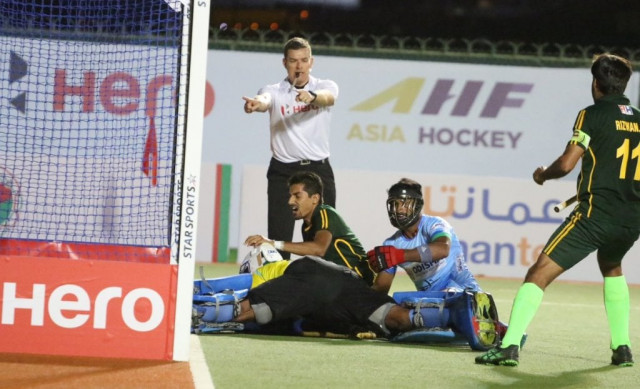
BAD CONDITION: Hockey is now a picture of apathy with spectator-less stadiums, declining numbers of players and a virtual media blackout. PHOTO: AFP
As soon as the champions emerged from the lounge, thousands of exuberant hockey lovers chanted "Pakistan Zindabad", or Long Live Pakistan, while showering them with rose petals and placing garlands around their necks.
Some of the elated sports lovers would hoist the players on their shoulders as the security officials had to struggle to make way for the team to hop on their bus.
“Those moments are unforgettable. That was the golden era of hockey when the sport would run in the nation’s blood,” Samiullah, also known as ‘The Flying Horse’ because of his great speed, told Anadolu Agency.
It took the champions six hours to cover a 15-kilometer distance from the airport to the mausoleum of the father of the nation, Mohammad Ali Jinnah, due to the huge crowds.
To the surprise of many, hockey is the national sport of an otherwise cricket-obsessed Pakistan, which ruled the game for decades, notably from 1948 to 1984.
Having won world cups in 1971, 1978, 1982 and 1994, Pakistan is the most successful and only team that has won the title four times.
Apart from the four world cup titles, Pakistan has also won three Olympic gold medals — in 1960, 1968 and 1984 — and eight Asian Games and four Champions Trophy tournaments.
But the sport, for which the country was world-renowned, is now a picture of apathy.
Spectator-less stadiums, declining numbers of players and a virtual media blackout are enough proof that the nation has lost interest in the sport.
Scenes during the ongoing national hockey championship at Abdul Sattar Edhi Hockey Stadium in Karachi further exposed the government and Pakistan Hockey Federation’s so-called efforts to regain a spot on the victory stand.
Several players were crammed into small halls and rooms with their clothes and kits hanging above them from the walls.
Some players queued up outside the grounds to fetch water from a cooler after spending a sleepless night due to a power outage in the sultry weather.
"What kind of performance do you expect from us if we couldn’t sleep the whole night?" said a player who represented the north-western Khyber-Pakhtunkhwa province squad taking part in the championship.
"Look at the conditions and facilities (here) first and then expect us to compete at the international level," he said with a sarcastic smile, requesting not to be named.
Currently, a total of 440 clubs are registered with the Pakistan Hockey Federation, of which only 40 are active, according to Samiullah.
Gradual Decline
The country is in 17th place in the world hockey ranking, which means it cannot even directly qualify to play the final rounds of the World Cup, Olympics or Champions Trophy. It has to play a qualifying round to secure a place in the final rounds of these tournaments.
Several teams which were trained and coached by Pakistani players, including China, South Korea, Japan and Malaysia, are ahead of Pakistan in the world ranking.
"It's painful to see the current hockey situation. But this has not happened all of a sudden. It's a gradual decline," Hanif Khan, another hockey star who was part of the national squad that won several titles from 1976 to 1985, told Anadolu Agency.
Khan, who scored 145 goals in 150 matches, cited political intervention, destruction of domestic structure and lack of facilities as key reasons behind the collapse of hockey in the country.
Samiullah, who scored 56 goals in 150 matches, vindicated Khan's view.
"Apart from political intervention, Pakistan could not meet the latest infrastructure standards, which ultimately affected the team's performance but also reduced youths' interest in the sport," he observed, referring to the introduction of AstroTurf -- an artificial grass surface — ground in hockey in 1975.
"Pakistan had managed to compete even after the introduction of AstroTurf until the mid-1980s because of its super-fit and experienced players. But gradually, the number of good players declined due to the lack of this facility in most of the country," Samiullah noted.
Until 1990, Pakistan had only four AstroTurf grounds compared to the Netherlands, which has over 200 of them.
Currently, Pakistan has 40 AstroTurf grounds, including a few with Desso Turf — an improved version of AstroTurf — for its population of 210 million compared to over 600 for the Netherlands' 17 million people.


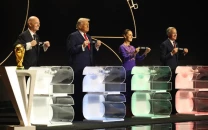
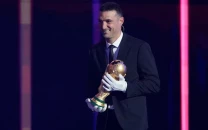
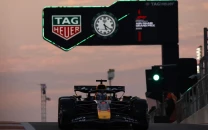
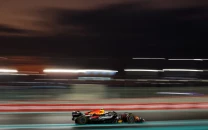













COMMENTS
Comments are moderated and generally will be posted if they are on-topic and not abusive.
For more information, please see our Comments FAQ